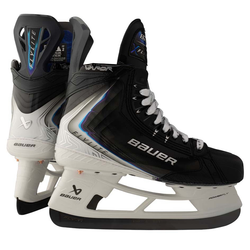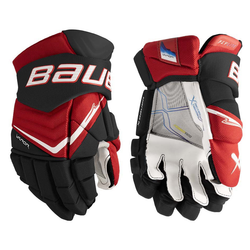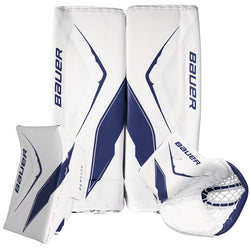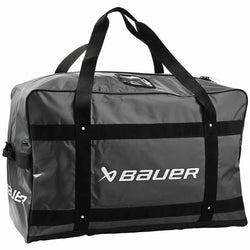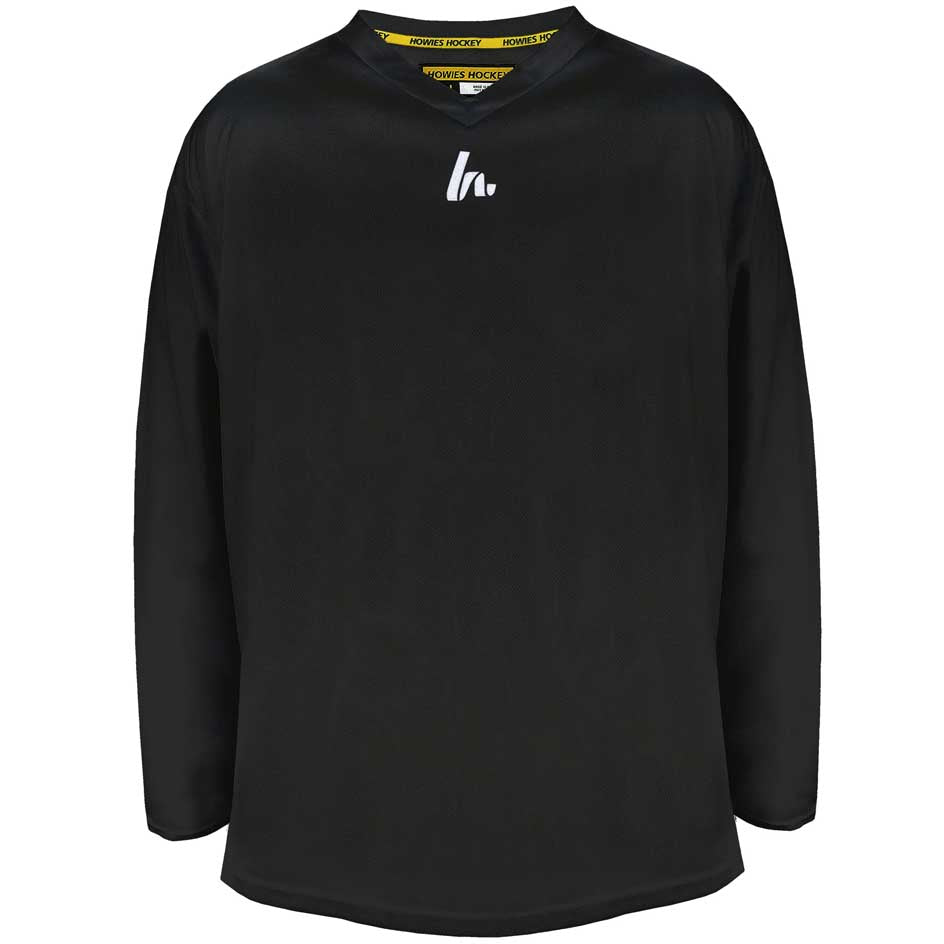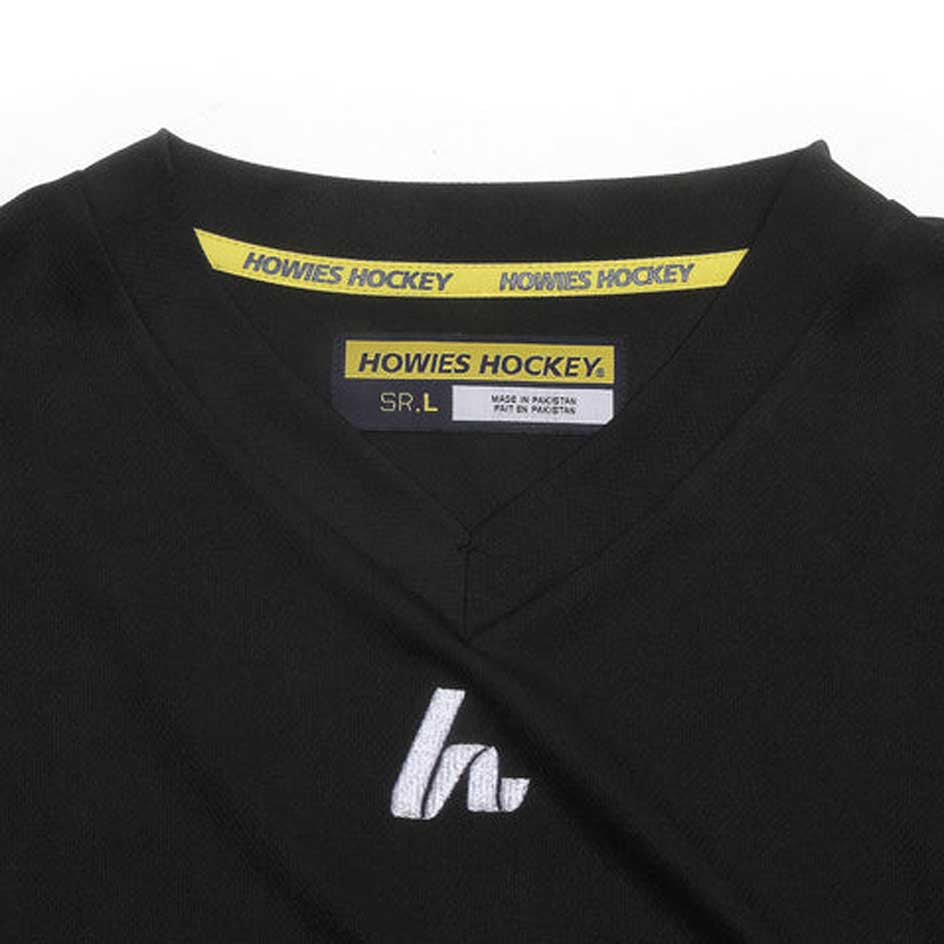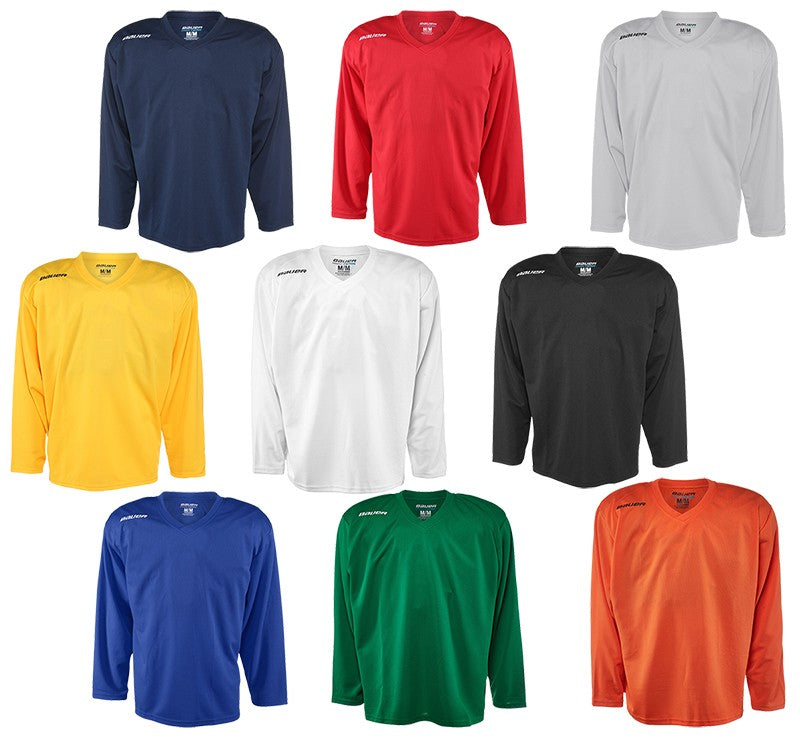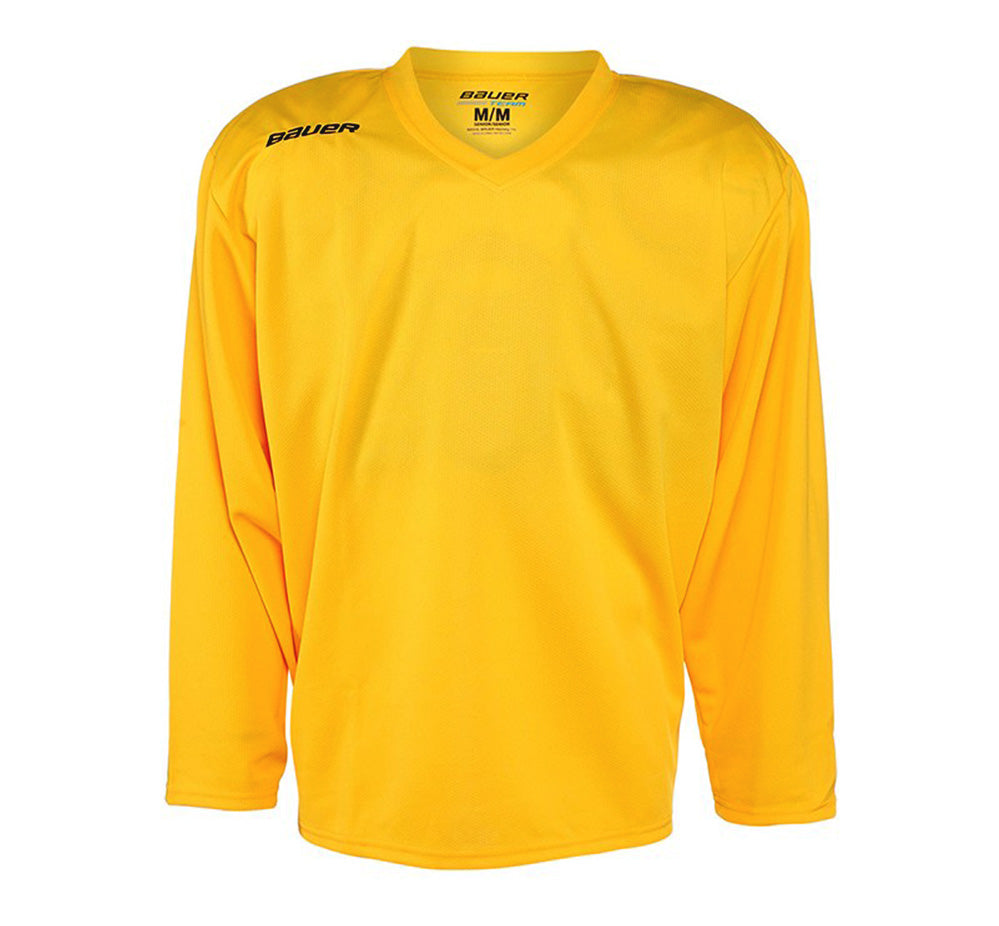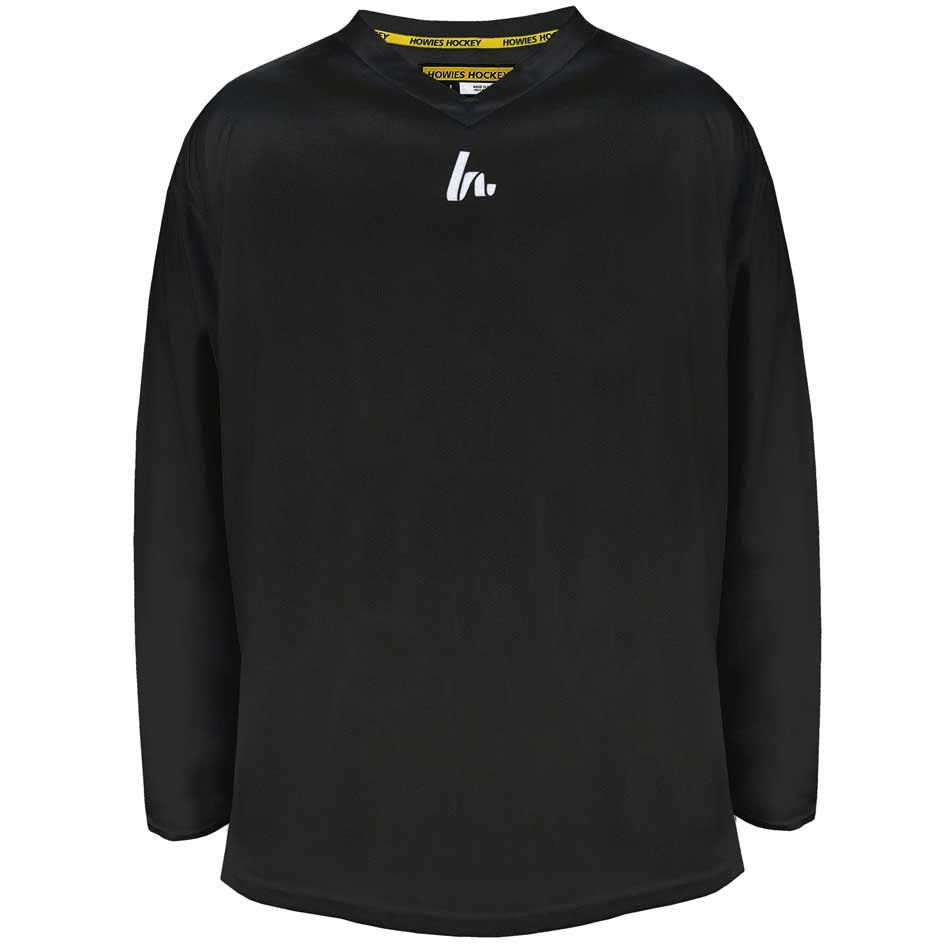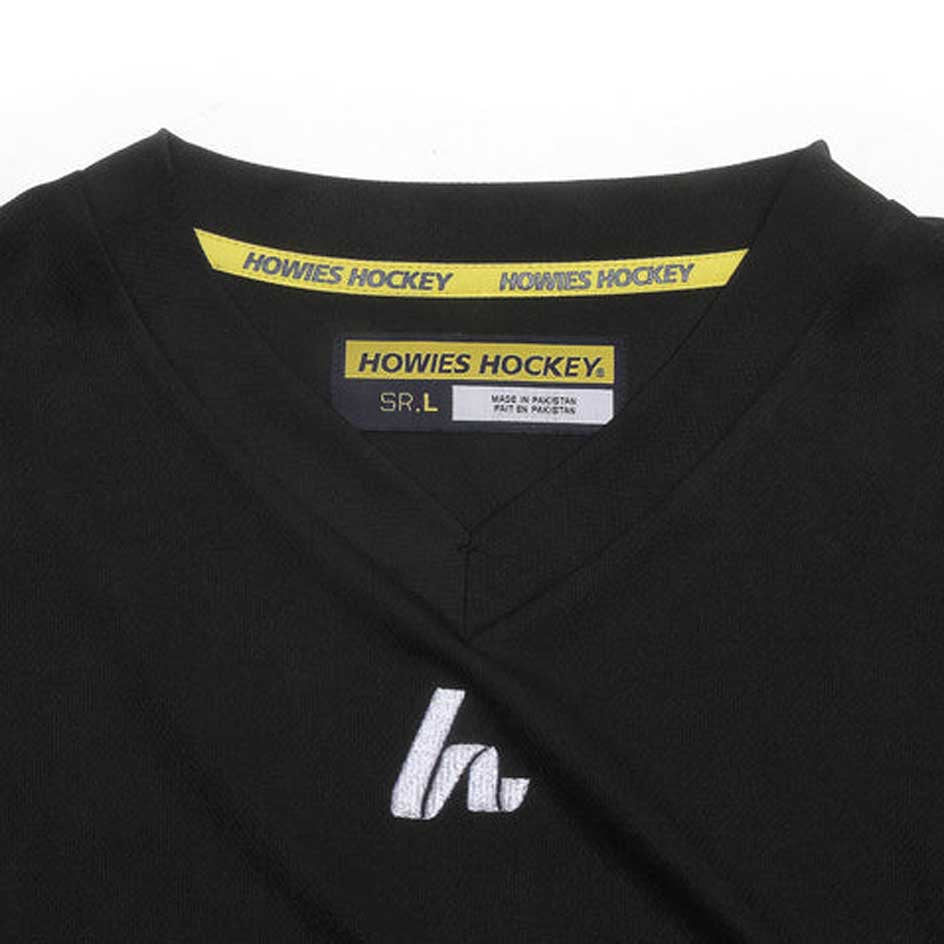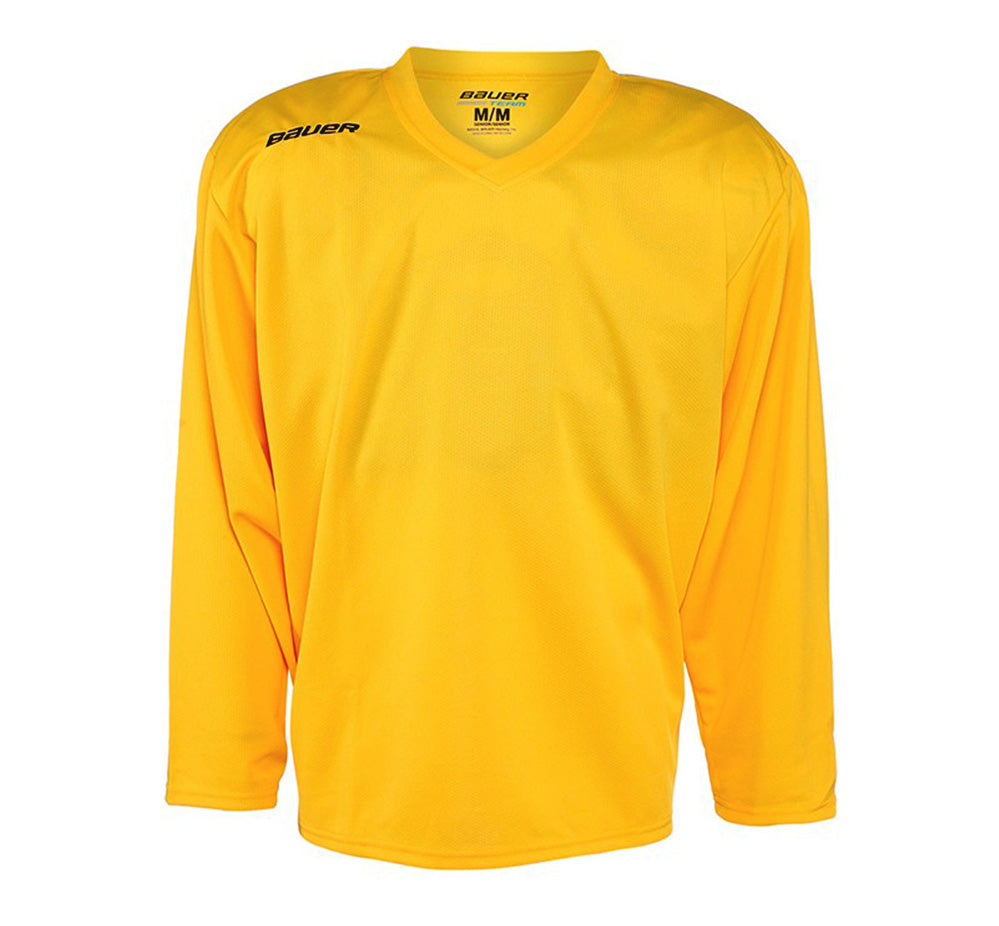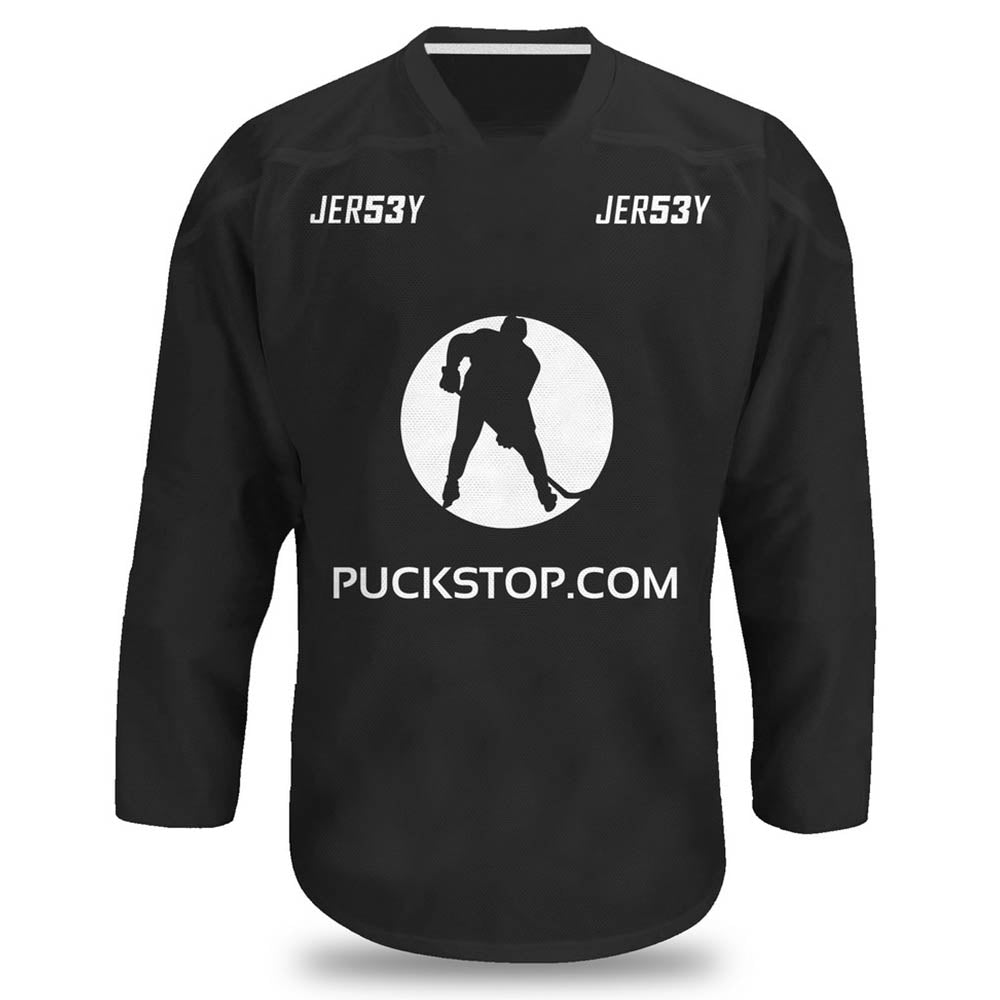Hockey Jersey Sizing Guide: Getting the Right Fit for You
Choosing the right hockey jersey size is so important when it comes to how you look, feel and perform on the ice. However, as they’re generally more of an oversized fit and need to allow for any protective equipment worn underneath, buying training jerseys or goalie hockey jerseys online can be tricky. This is why our experts here at Puck Stop have put together this ultimate hockey jersey fitting guide to help you get the right fit.
In this guide we'll cover:
- How Should a Hockey Jersey Fit - For Both Players and Goalies
- Hockey Jersey Size Chart
- How to Choose the Right Hockey Jersey for You
- How to Measure for Hockey Jersey Sizing
- FAQs: Common Questions About Jersey Sizing
How Should a Hockey Jersey Fit?
The fit and sizing of a hockey jersey can vary depending on the type of player you are, but generally speaking, hockey jerseys have an oversized fit. The oversized fit accommodates protective equipment, as well as allowing for free movement and comfort during intense ice hockey games.
Whether you’re a forward, defense or goalie, understanding the jersey fit for your specific role on the ice can make all the difference to how you perform.
Player Hockey Jersey Sizing
For forwards and defence alike, your jersey should fit loosely enough to accommodate your pads while still allowing for full range of motion. It should be slightly baggy but not excessively so, to ensure it doesn't get caught on other players or equipment during games.
Goalie Hockey Jersey Sizing
Similarly, the fit for a goalie’s jersey should be loose enough to fit comfortably over your body armour and goalie protective gear, whilst not being too loose so that the material bunches up and is uncomfortable or hinders your movement.
Hockey Jersey Size Chart
To get the perfect fit, use our hockey jersey size guide to measure the lengths indicated by the letters A - E, and find the best jersey size for you in the table below.
Remember to measure with your pads on, to get the correct size.

Ice Hockey Jersey Sizing Charts
| SIZE (CM) | 110cm | 120cm | 130cm | 140cm |
|---|---|---|---|---|
| A | 43 | 48 | 53 | 58 |
| B | 62 | 64 | 66 | 68 |
| C | 28 | 30 | 30 | 30 |
| D | 42.5 | 44.5 | 44.5 | 44.5 |
| E | 15 | 16 | 16 | 16 |
| SIZE (CM) | SMALL | MEDIUM | LARGE |
|---|---|---|---|
| A | 60 | 63 | 65 |
| B | 74 | 78 | 80 |
| C | 34 | 34 | 38 |
| D | 44.5 | 44.5 | 49.5 |
| E | 17 | 17 | 20 |
| SIZE (CM) | XL | XXL |
|---|---|---|
| A | 70 | 76 |
| B | 84 | 89 |
| C | 38 | 38 |
| D | 49.5 | 49.5 |
| E | 20 | 20 |
How to Choose the Right Hockey Jersey for You
Choosing the right hockey jersey fit helps improve comfort and performance, as well as how you look and feel on the ice. Here’s how to choose the right size hockey jersey for children and adults alike:
How Fitted Should Your Hockey Jersey Be?
For Adults: For all players including the goalie, your hockey jersey should fit loosely over your protective gear and be loose enough not to restrict your movement. However, your jersey should not be so loose that it has the ability to catch on other players and hinder gameplay.
We recommend choosing a jersey that comfortably covers your shoulder pads, elbow pads or chest protector without feeling too baggy. A well-fitting jersey ensures freedom of movement while minimising the risk of it getting caught on opponents or equipment.
For Kids: For players who are still growing, you want a jersey that allows for some room to grow but isn't excessively loose. It should fit comfortably over their pads, without restricting movement.
A slightly looser fit is preferable for younger players to ensure that they can layer it with their protective gear, but it shouldn’t be so oversized that it interferes with their play or safety. A good rule of thumb is to look for a jersey that has a bit of extra length in the sleeves and body to accommodate growth without being too bulky.
How to Measure for Hockey Jersey Sizing
Taking accurate measurements of the parts of your upper body which will be covered by the jersey is the best way to ensure that you’ll get the perfect size, first time. This includes chest, sleeve and height measurements. For best results:
- For your chest measurement, we recommend using a flexible tape measure to measure around the fullest part of your chest for your total chest circumference. Ensure that your measurement is snug but not tight.
- For the length, we recommend measuring your torso height (bottom of the back of your neck to the base of your spine) along with the other measurements to find the right size, especially if you're between sizes.
- For the sleeve, we recommend measuring from the center of the back of the neck, to the wrist (or elbow if short sleeved) with your arms extended out to the sides for an accurate sleeve fit guide.
Make sure to use our handy hockey jersey size guide above for more details on which measurements to take and what size is right for you.
Hockey Jersey Sizing FAQs
A hockey training jersey is designed to be breathable and fit comfortably over your base layer top, shoulder pads and elbow pads. Goalie jerseys are designed to fit all of the additional protective goalie equipment underneath too.
To choose the right hockey jersey size, it’s most important to measure your dimensions including chest, sleeve length and height. Jerseys should fit loosely over your protective gear without restricting movement. If you're between sizes, we recommended sizing up for extra comfort.
A jersey that's too large may restrict mobility and hinder gameplay, while one that's too tight can also affect performance. Use a size guide like our hockey jersey size chart to find the best fit based on your measurements.
No matter whether you’re a goalie, defence or forward, your hockey jersey should fit loose enough over your body and protective gear, but tight enough so as not to restrict movement or catch on other players/equipment during gameplay.
If your jersey is too tight, it can restrict your movement and limit your range of motion. Tight jerseys can also put pressure on your pads, causing discomfort and affecting your gameplay. Choosing the right size jersey is all about balance; ensuring it's loose enough to stay comfortable while still offering a streamlined fit that won’t get in your way during the game.
Hockey jerseys are typically oversized to accommodate padding and protective equipment, meaning that as long as you’ve taken your correct measurements, the jersey size you opt for should generally be a good fit. Plus, the material is usually stretchy, meaning it will give as you move. However, if you are usually between sizes, we’d recommend sizing up to make sure that your movement is not restricted during gameplay.
You need to strike a balance between your jersey being loose enough to fit over your protective equipment but not so big that it hinders your movement and performance. You’ll be able to tell if your jersey is too big by noticing if it feels excessively baggy around your body, has sleeves that extend past your wrists, or if the shoulder seams fall too far off your shoulders. If the jersey restricts your mobility or gets caught on other players/equipment, it's likely too big.
Shop Ice Hockey Jerseys at Puck Stop
At Puck Stop, you can choose from a wide range of ice hockey training jerseys for practice sessions on the ice and on the street, or goalie fit jerseys for those who specialise between the pipes. Our jerseys are available in junior and senior sizes from leading brands like Bauer and Howies.

